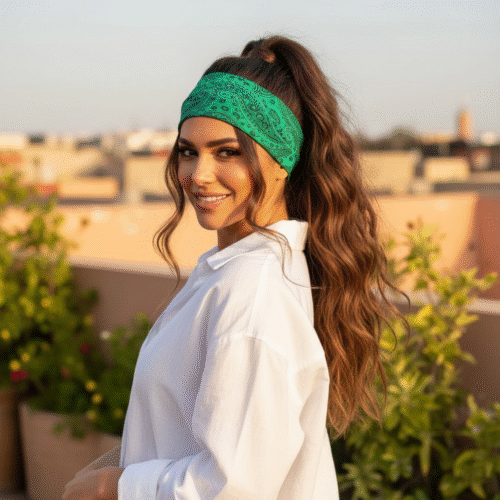Table of Contents
ToggleWhat is silk
Initially, silk specifically refers to textiles woven from silk (mainly mulberry silk, containing a small amount of tussah silk, cassava silk, etc.). Silk is a natural protein fiber secreted by silkworms. It is made into continuous filaments through the reeling process. It has a smooth luster and high breathability. Now silk not only includes natural silk, but also covers textiles made of rayon, synthetic fibers (such as regenerated fibers, chemical fibers) and staple fibers.
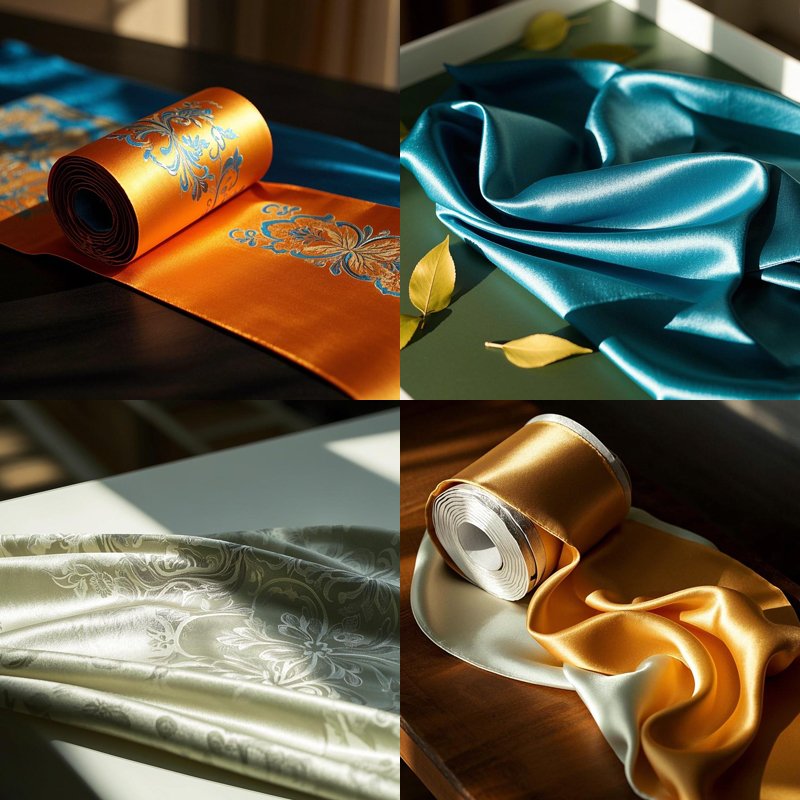
Silk has a long history and was originally used to make clothes. Later, silk was made into small scarves. With the evolution of fashion trends, silk scarves have become more diverse in style, more sophisticated in craftsmanship, and patterns have changed from simple to complex. The colors are also becoming more and more bright. It has changed from a practical item to a fashionable item with both decorative and cultural connotations, which is the silk scarf ornament that you love now.

Silk scarf cleaning steps
Preparation stage
1. First, please read the washing label on the silk scarf carefully. The label that can only be dry cleaned cannot be hand washed. It is recommended that the dry clean label can be hand washed. You must fully understand its material composition and whether there are any special washing requirements
2. Then choose the right detergent for your silk scarf. Choose a mild neutral detergent or a special silk detergent. Never use a detergent containing bleach, otherwise it may damage the silk scarf.
3. Then find a clean and spacious basin or sink, and let the silk scarf be completely immersed in water
Warm water around 430℃: Water temperature that is too high may cause the silk scarf to shrink, deform or fade. Warm water around 30℃ is more suitable.
5. Soft brush: When there are stubborn stains on the silk scarf, the soft brush can gently brush away the stains without damaging the silk scarf.
6. Dry towel: Used to absorb excess water after washing the silk scarf to avoid damaging the silk scarf by wringing it vigorously.
7. Wet soft cloth: When ironing a silk scarf, place it on the back of the scarf to prevent the iron from directly contacting the scarf and causing burns, and at the same time make the ironing effect better.
8. Low temperature iron: Used to iron wrinkles after the silk scarf is dried. The low temperature can prevent high temperature from having adverse effects on the material of the silk scarf.
Cleaning process
1 First add warm water of about 30℃ to the basin or sink, drop an appropriate amount of detergent, stir gently with your hands, make foam to allow the detergent to fully dissolve. If the silk scarf has yellow spots, try soaking it in hydrogen peroxide diluted solution for 1 hour, and then use a soft brush to gently brush the stains.
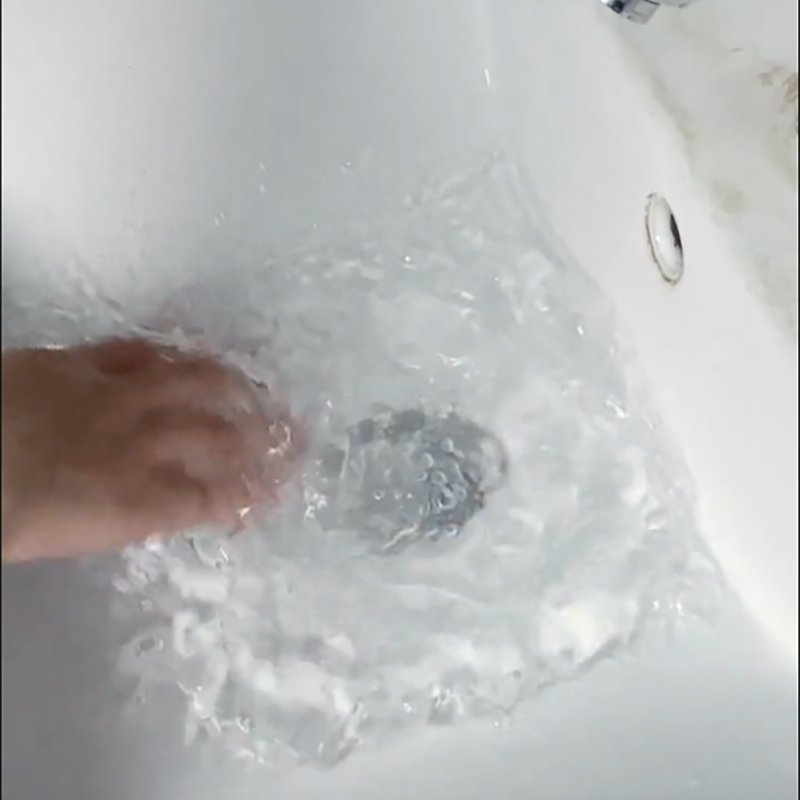
2 Soaking and rubbing
Put the silk scarf in water and soak it for 5-10 minutes. After the stains are softened, press or rub it gently with your hands (note that you cannot rub or twist it hard to prevent the silk scarf from deforming or wrinkling), and focus on cleaning the dirty parts.

3 Rinse and dehydrate
Rinse twice with clean water. You can use two white dry towels to squeeze out the water on both sides of the scarf. Do not wring it directly. You can wrap the scarf with a dry towel and press it to absorb excess water to reduce fiber damage.
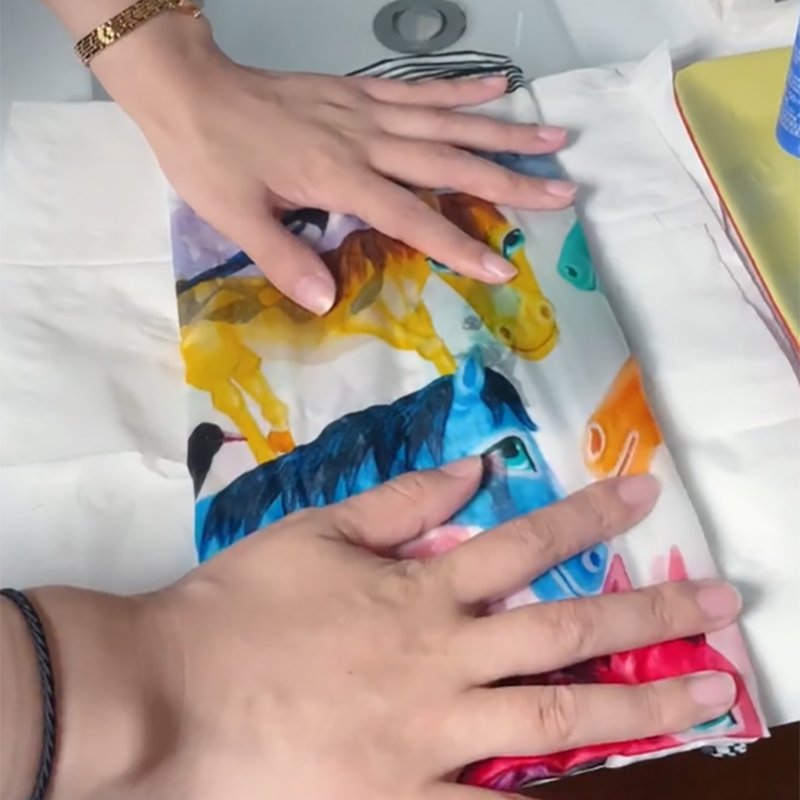
Drying process
Put the scarf flat in a well-ventilated place without direct sunlight to dry. Do not expose it to the sun, otherwise the scarf may fade or become hard.
After the scarf is dried, if there are some wrinkles, you can put a damp soft cloth on the back of the scarf, and then gently iron it with a low-temperature iron. This will make your scarf smooth and flat again. Do not use a dryer or hang it to dry to prevent deformation
Silk scarf cleaning frequency
It is generally recommended to wash silk fabrics once a week, and no more than once every two weeks. Although the washing frequency is lower than that of ordinary clothes, regular cleaning can effectively avoid stains and fiber oxidation, maintain the gloss of the scarf, and extend the life of the scarf.
Adjustments for special situations
If the scarf is stained with sweat, oil or perfume, it needs to be cleaned immediately to avoid stains from penetrating and causing discoloration or hardening of the fabric. When not in use daily, the cleaning cycle can be appropriately extended to once every two weeks.
Storage and daily maintenance
Storage method
After folding, store in a dry, light-proof drawer or storage box to avoid creases caused by heavy pressure
It can be wrapped with acid-free paper or cotton cloth to prevent moisture, and do not use plastic sealed bags to prevent suffocation.
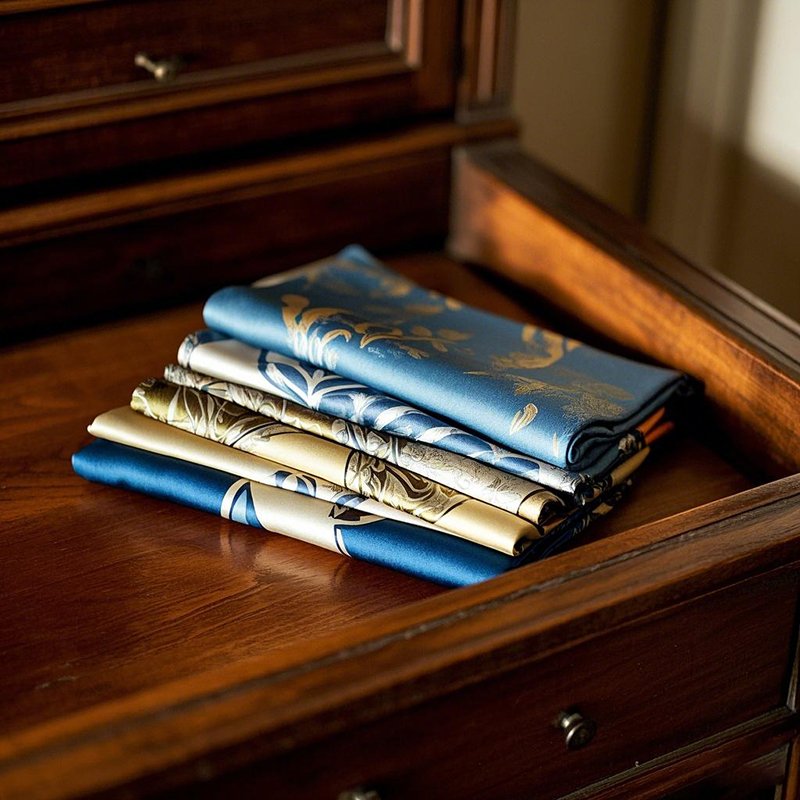
Avoid contact with chemicals
Before spraying perfume, cosmetics or contact with alcohol, the scarf needs to be removed to prevent protein fiber denaturation4.
Regular rotation
Wearing the same scarf for a long time can accelerate wear and tear. It is recommended to use multiple pieces alternately to reduce the frequency of cleaning.
Special treatment suggestions
Dry cleaning alternative: If hand washing is inconvenient, you can choose professional dry cleaning, but the frequency should not be too high to avoid chemical residues. If the label indicates that it can only be dry cleaned, you cannot choose machine washing.
Seasonal maintenance: Clean thoroughly and check for insects when the season changes, and place natural insect repellents (such as camphor wood).
The above methods can effectively maintain the luster and softness of silk scarves. Pay attention to reducing friction in daily use (such as avoiding matching with rough clothing) can also reduce the risk of wear and tear.


